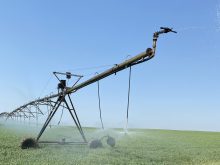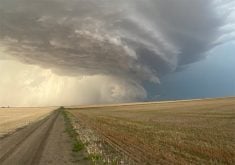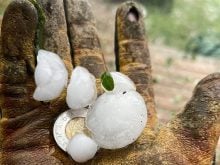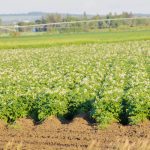The high cost and short supply of seed for many perennial forage crops has some farmers looking for annual pasture alternatives.
Traditionally, these alternatives have been oats and barley that, if conditions warrant, can be easily harvested for green feed or grain.
However, these crops do not re-grow well after being grazed.
“For grazing over a longer period, for example, into the fall, annual rye grass or spring-seeded winter cereals such as fall rye, winter wheat and winter triticale may be more suitable,” said Allan Foster, rangeland agrologist with the Grazing and Pasture Technology Program in Tisdale, Sask.
Read Also
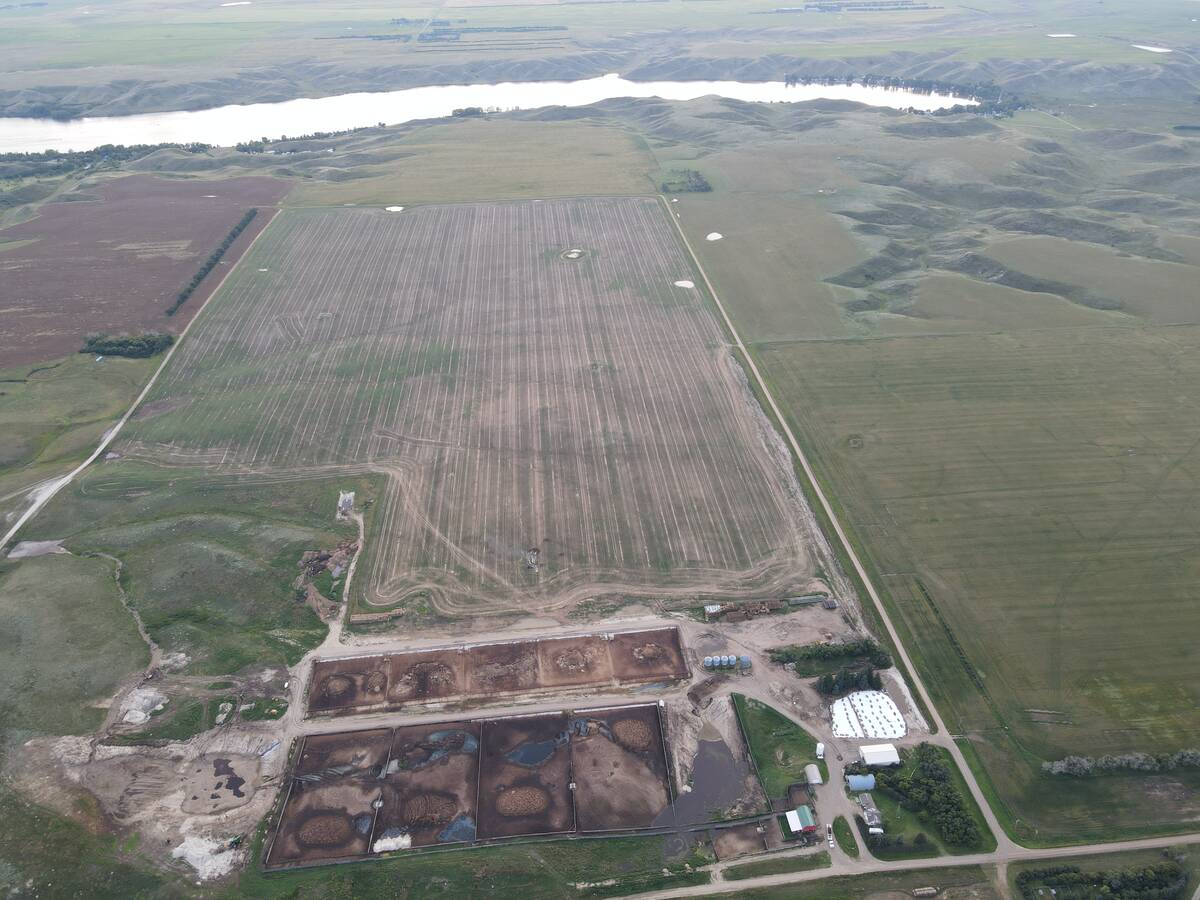
Saskatchewan RM declines feedlot application, cites bylaws
Already facing some community pushback, a proposed 2,000-head cattle feedlot south of Swift Current, Sask., has been rejected for a municipal permit, partly over zoning concerns about the minimum distance from a residence.
The cost of seed for these crops may be higher than traditional cereals, but this is offset by better quality and higher production in the later part of the growing season.
Another advantage of spring-seeded winter cereals over spring cereals is the provision of leafy, nutritious forage throughout the entire grazing season.
Because winter cereals need a cold period in their development to set seed, only five to 10 percent of spring-seeded winter annuals head.
Barley and oats head eventually, which is a grazing disadvantage.
Foster said producers should ensure adequate levels of phosphorus, potash and sulfur in the soil before seeding winter cereals.
Where moisture conditions are good, cereals will respond well to nitrogen applications of 70 to 100 pounds per acre.
“Stocking rates will mainly depend on soil moisture and fertility. Generally, one to 2.5 animal unit months of grazing per acre can be expected.”
Because annual pastures are capable of supporting high stocking rates, it is important to rotate grazing to reduce waste from trampling and fouling.
There are potential problems with grazing annuals, however.
Nitrates may accumulate in a well-fertilized field, especially if plants are stressed by drought, hail or frost.
Atypical interstitial pneumonia, or fog fever, can also occur as a result of animals being moved from poor to new or lush pastures in late summer and fall.





